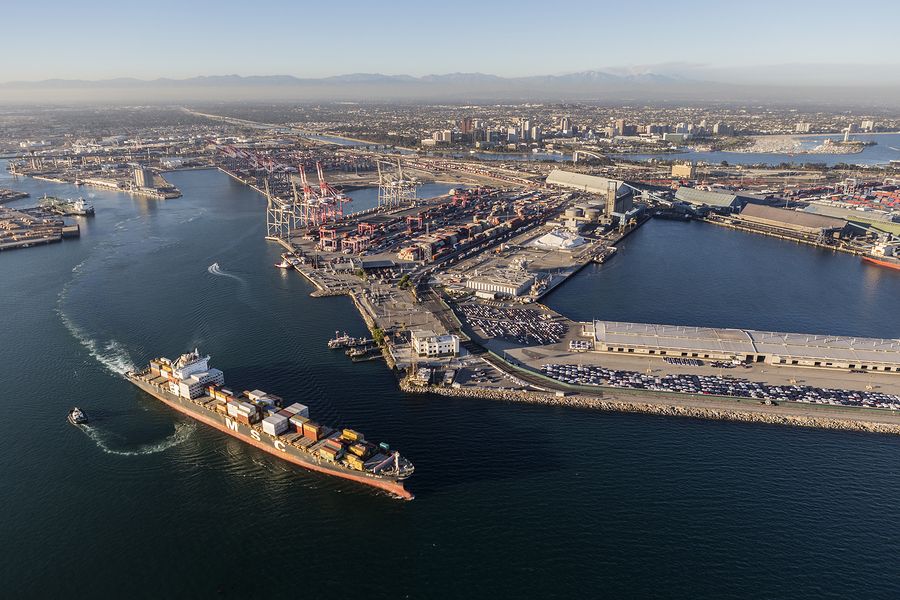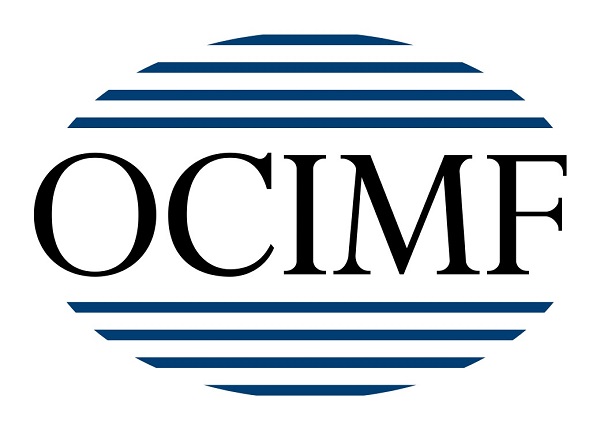Port operations are being streamlined through increased use of shared data platforms.
These platforms not only enable maritime administrations to monitor shipping more accurately, but are being seen as a tool by businesses to access critical information quickly.
Opening one of the Fathom organised Nor-Shipping Disruptive Talks in Oslo, Argyris Stasinakis, Managing Partner at vessel tracking service MarineTraffic stressed the importance of shipping players interacting well with their partners to share data. The ultimate aim of this is to optimise berth-to-berth sailings across the world, something that does not happen today, he said
Stasinakis’ company, MarineTraffic, is a big player in this data process, tracking around 180,000 vessel movements every day and sharing that information with its 500,000 daily users. Along with the live tracking service, MarineTraffic has been archiving its AIS data since 2009. Stasinakis explained that this historical information can be mined and analysed to provide such things as forecasting estimated times of departure by looking at how long similar-sized vessels stayed in a particular port.
Armed with information such as this, owners, shipmanagers, port agents, pilots and others involved in the shipping chain can start to make things happen much more efficiently. Stasinakis believes that using big data is all about investing in the value chain.
Keynote speaker Argyris Stasinakis, partner at Marine Traffic, was joined by a panel made up of Mikael Lind, PortCDM Council (CDM = Collaborative Decision Making); Ben van Scherpenzeel, director nautical Operations, Port of Rotterdam; and Trond Andersen, Manager Maritime Department, Port of Stavanger in the final talk in the Fathom News Disruptive Talks series at Nor Shipping 2017.
The debate
Ben van Scherpenzeel from Port of Rotterdam agreed with the benefits of using and sharing data. However, he believes there is a need for universal standards and functional definitions so that existing data can be effectively transferred and used. This could be something as simple as defining an information point in a tidal forecast as a vertical or horizontal component. But van Scherpenzeel says that even if vessels start to have an increased reliance on data, there will always be one person responsible for making a decision at each point in a journey, whether it is the master, pilot or terminal controller.
Trond Andersen from Port of Stavanger believes that often a ship’s crew have to deal with too much data when coming into port. He says it is important to be able to sort out the information so you see and use only what you need. Similarly, for people working in the port, there is a lot of data currently available but it is very difficult to share this effectively.
Mikael Lind of the PortCDM Council says that in port operations, nothing is better that the weakest link. He added that we need to ask ourselves in this new age of disruption whether the existing legacy standards are strong enough.
During the debate Stasinakis said he believes many in shipping and ports take a step back when they hear the word disruption, but he also believes it shouldn’t be something to be feared.
He related the “shocking” real-life example of a large cargo vessel sailing through the Suez Canal en route to Felixstowe which only makes contact with the port six hours out.
So is this the reality that needs disrupting?
There needs to be more communication between partners, he said and it is about optimising all the data that is already there for the benefit of all, he added.
The Video
Brendan Bell
Fathom-News.com


































